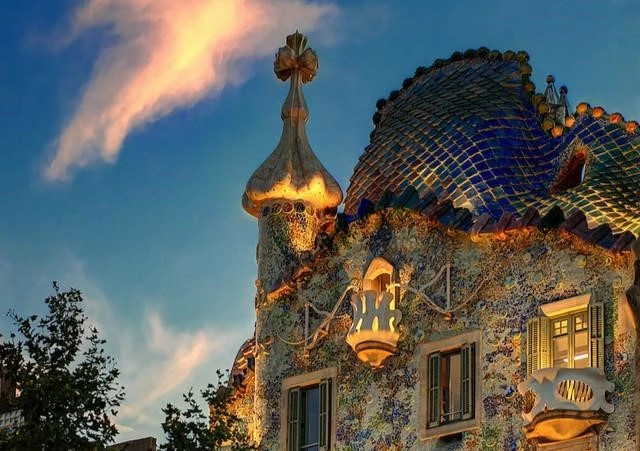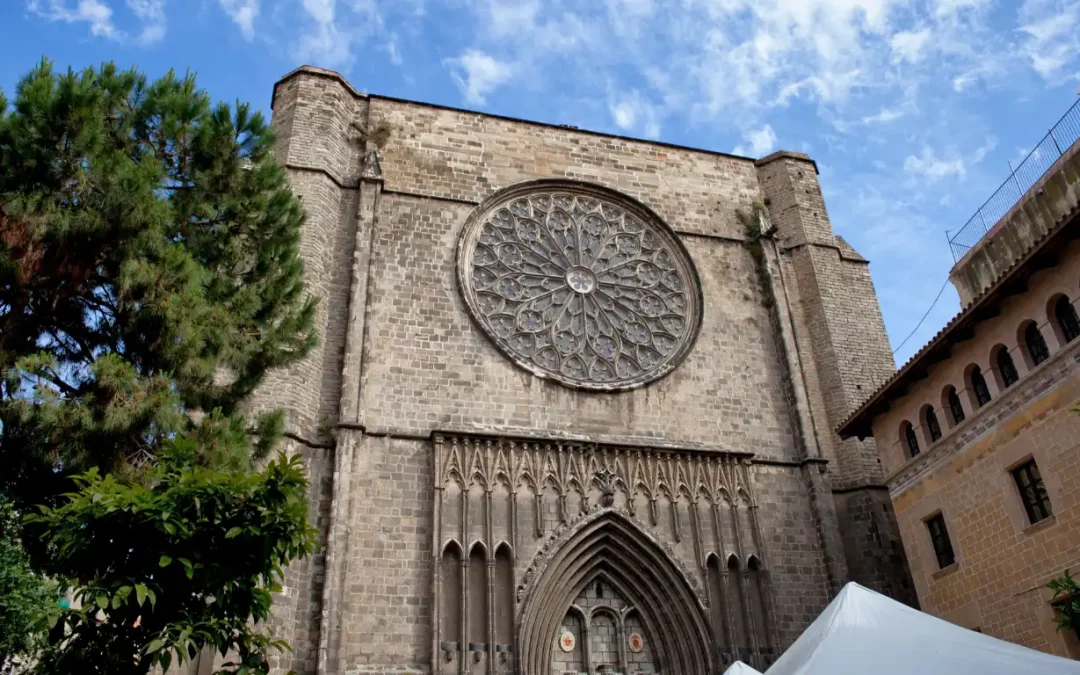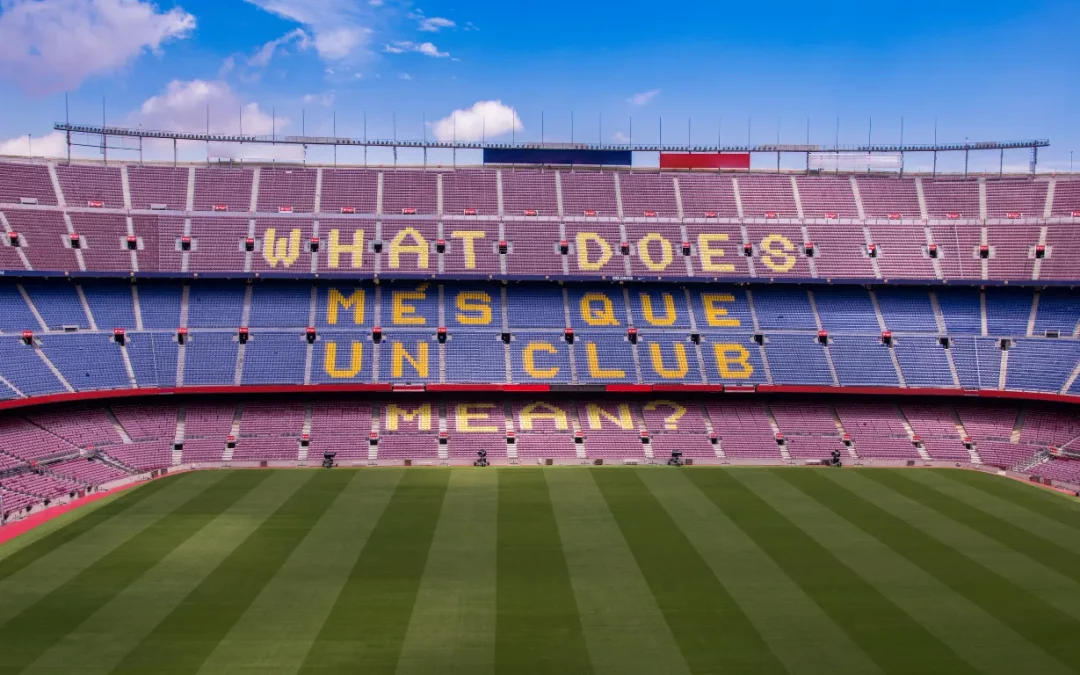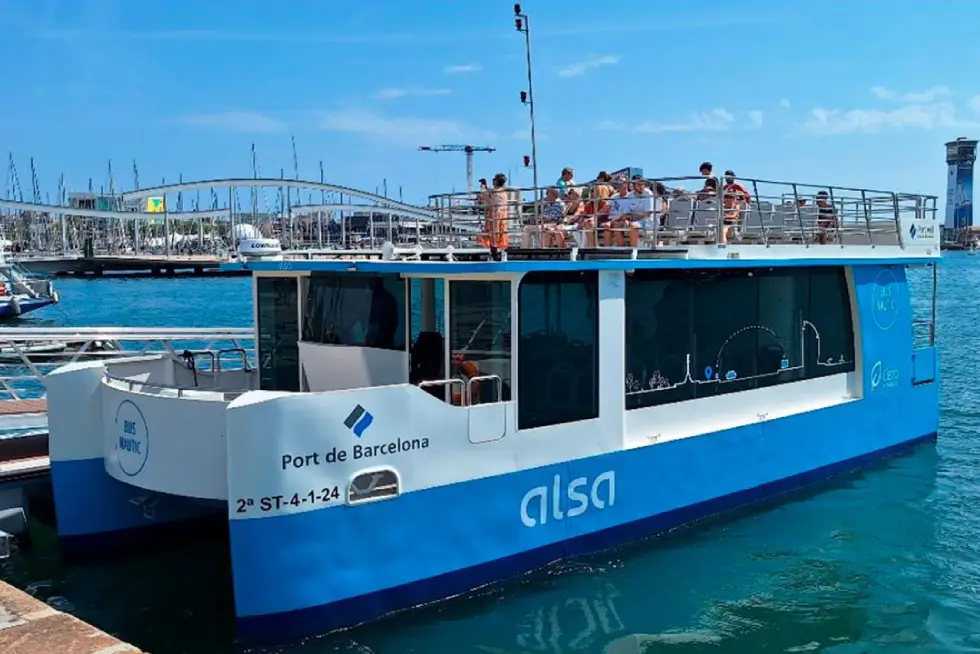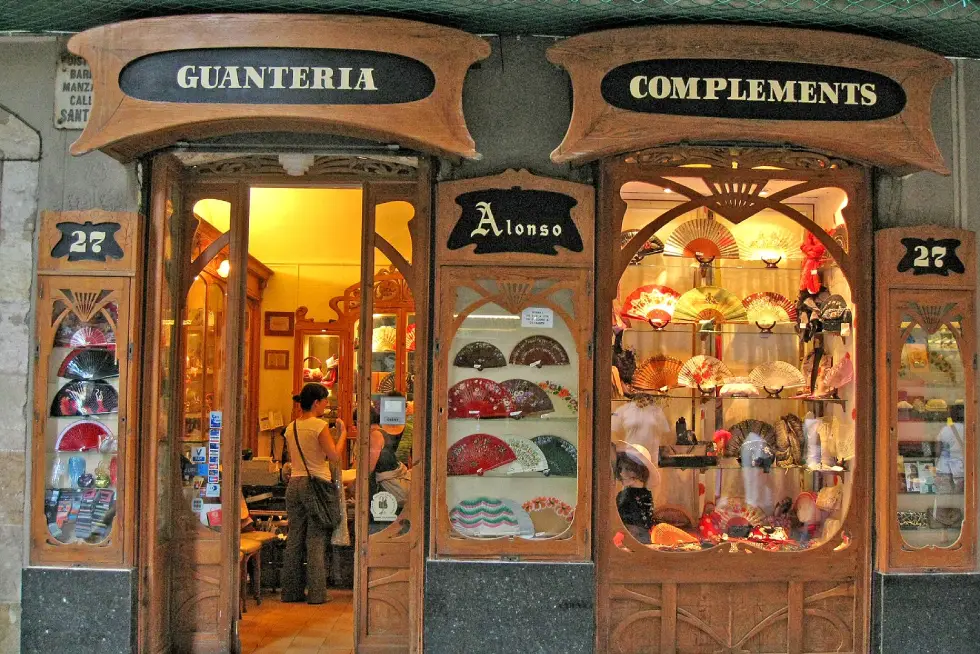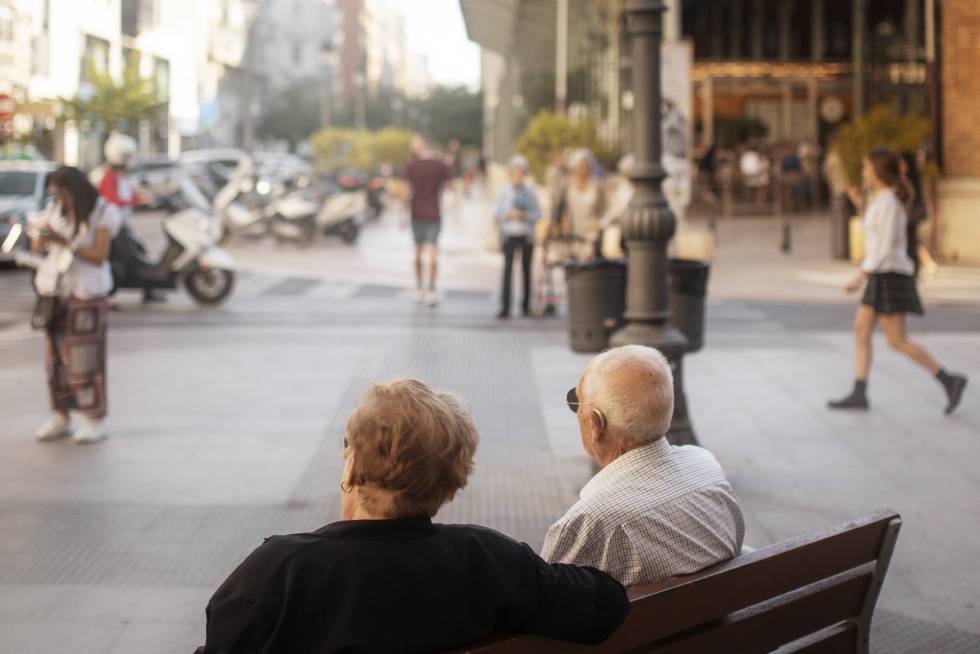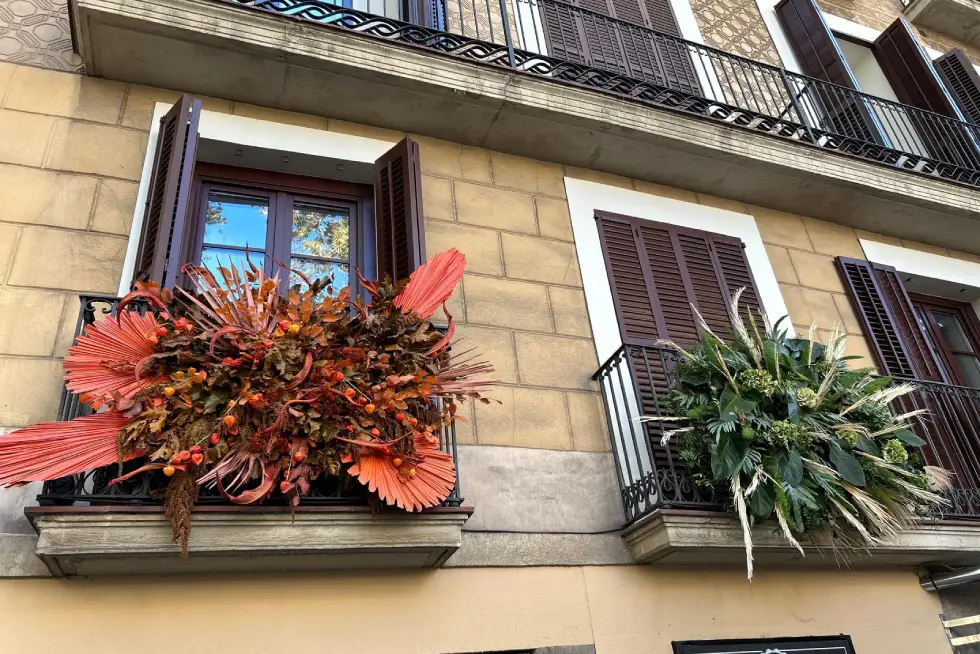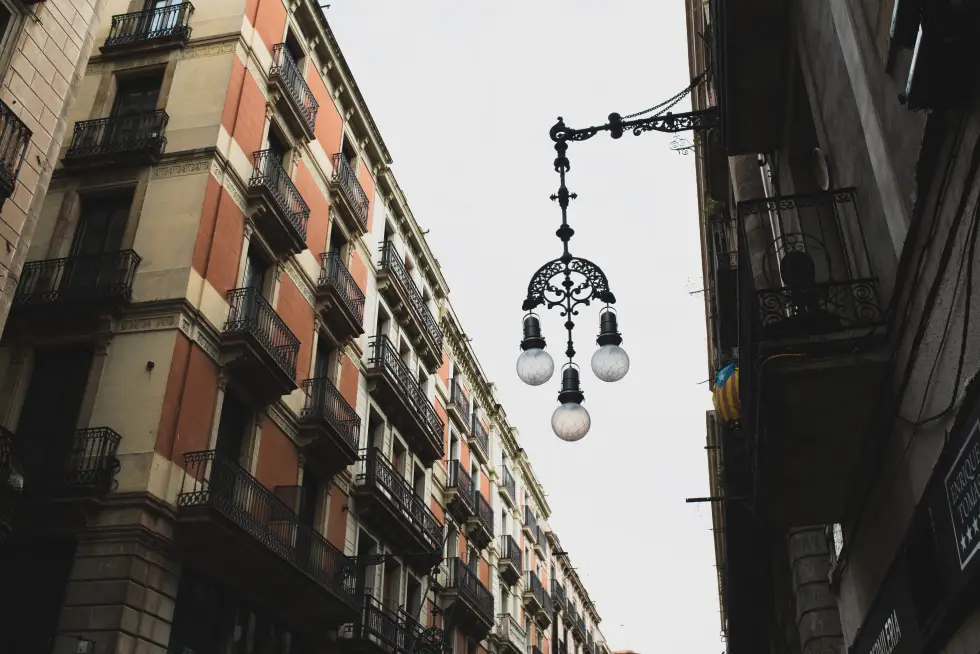La Manzana de la Discordia (Block of Discord) in Barcelona joins together three masterpieces of Catalan modernism. We tell you the incredible story of Casa Lleó y Morera, Casa Ametller and Casa Batlló
Passeig de Gràcia, one of the major avenues in Barcelona, houses three of the best examples of the Catalan modernism: Casa Lleó Morera (by Lluís Domènech i Montaner), Casa Ametller (by Joan Puig i Cadafalch) and Casa Batlló (by Antoni Gaudí), which compete in beauty since its construction.
An open-air museum of architecture that has its origins in the healthy rivalry between three of the most brilliant architects of the Catalan modernism, who strove to build the most beautiful monument. This dispute led the Barcelonans to affectionately call this block of buildings as “La Manzana de la Discordia “, which can be translated as “the Block of Discord”.
It all started at the end of the 19th century when a municipal ordinance allowed to break the strict monotony demanded by the urban plan of l’Eixample. Developed by the architect Ildefonso Cerdá to extend Barcelona beyond its walls, the urban plan imposed that the facades had certain characteristics.
Thus, from 1891 the architects were completely free to build another type of facade and the block of buildings located between the streets of Aragó and Consell de Cent became the epicenter of Barcelona’s modernism, since the best architects of the moment built there their most emblematic Works.
A block of different and fascinating buildings, each one in its own way, that joint together the essence of modernism and that are an example of the many contrasts between the different architectural tendencies of the time.
Casa Amatller
Reformed between 1898 and 1890 by Joan Puig i Cadafalch, this impressive House-museum has been open to the public since 2015 and it houses the Institut Amatller d’Art Hispànic.
The building takes its inspiration from the typical neo-Gothic palaces of the architecture in the Netherlands, but it was finished with some colorful elements of the modernism that gave a touch of color to the gray Barcelona of the late nineteenth century.
A mosaic of twisted columns, polychrome stained glass, extravagant ceramic motifs, sculptures, and so on, this building retains most of the original furniture and was the first building to challenge the rigidity of Cerdá’s urban plan.
Casa Amatller can be visited from Monday to Sunday, in small groups of 12 people accompanied by a guide.
http://www.amatller.org/ Telephone: +34 934 617 460
Casa Batlló
In 1904 Antonio Gaudí undertook the reform of a modest building with a rectangular base to turn it into the spectacular icon of modernism that is today, Casa Batlló, World Heritage of Unesco since 2005.
The façade, full of curves and colors, represents a calm sea and it’s the maximum expression of the genius of Gaudí, who knew how to respect the originality of Casa Amatller, the adjoining building, to establish a dialogue between the two buildings.
The building symbolizes the legend of the battle between Sant Jordi (Saint George, patron of Catalonia), against the dragon (as a representation of the evil). On the roof, the dragon’s back is represented by tiles of different colors in the form of scales, pierced by a cross of four arms that evokes the sword of Sant Jordi.
On the top floor there’s a balcony shaped like a flower, which is a reference to the balcony of the princess and the popular legend says that, on the lower floors, lie the remains of the victims of the dragon symbolized by balconies shaped like skulls and columns shaped like bones.
For its part, the railing of one of the stairs represents the vertebrae of the dragon’s tail and the catenary-archs in the main hall the rib cage of the animal.
Its large oval windows, the mosaics in the facade glass (also known as trencadís), the mask-shaped balconies or the magnificent set of fireplaces are an ode to the imagination with which Gaudí filled the Casa Batlló with magical corners.
Casa Batlló can be visited from Monday to Sunday from 9 am to 9 pm. (the last admission is at 8 pm)
http://www.casabatllo.es/ Telephone: +34 93 216 03 06
Casa Lleó i Morera
Like its two predecessors, Casa de Lleó i Morera was the result of the reform of an existing building, commissioned to Lluís Domènech i Montaner.
The architect (which was also responsible for the design of Hospital de Sant Pau and Palau de la Música Catalana, among other modernist treasures) was surrounded by 40 of the best craftsmen of his time to decorate the building in a rich and profuse way with different techniques and materials.
The impressive and colorful stained glass by Antoni Rigalt, the sculptural set by Eusebi Arnau and the mosaics by Mario Maragliano are some of the best examples.
Its imposing façade has beautiful curved balconies and is crowned by a majestic pavilion.
Successive interventions over the years made the building to lose part of its original appearance (particularly sad was the loss of the life-sized nymphs located on the facade, whose busts are preserved in the Dalí Museum of Figueras), but further renovations have made possible to recover its essence.
Currently, you can visit the inner courtyard and the main floor of the building, one of the most beautiful and best preserved modernist interiors of Barcelona.
Casa Lleó and Morera can be visited from Tuesday to Sunday, and the visiting hours are at 5 pm in Spanish, at 12 pm and 6 am in Catalan and at 11 am English.
http://www.casalleomorera.com/ Telephone: 935 52 26 20
At the end, Casa Lleó Morera took the mythical golden apple as the only one awarded by the Barcelona City Council as the best building of the year (it received the award in 1905). However, the discussion on which is the most beautiful has continued to this day. Do not hesitate to visit these dream houses and judge for yourself which is the best one on of la Manzana de la Discordia!!


